With modern technologies shaping the ecommerce industry today, new trends keep emerging on the horizon. Successful businesses stay attuned to new trends and remain ready to introduce innovative business concepts.
Two concepts keep coming up in this dynamic environment - omnichannel and multichannel. They are used to describe marketing, retail, and customer service approaches, but some confusion still remains about what they mean.
Omnichannel and multichannel marketing are two cutting-edge strategies for interaction with customers. They intersect in some features and split in others.
This article outlines the main differences between omnichannel and multichannel, and their approach to various aspects of business. That way as a merchant you can decide which method best suits your business model.
Omnichannel Vs. Multichannel: The Main Differences
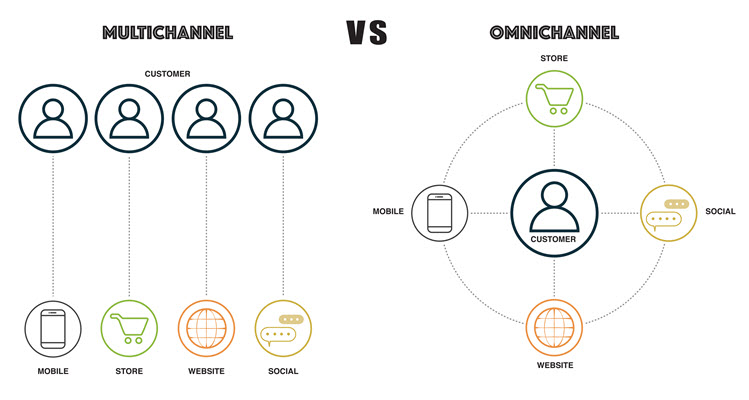
The key difference between omnichannel and multichannel is as follows:
- Omnichannel places the customer experience at the forefront. It relies on several mutually integrated channels, allowing customers to seamlessly switch between these channels without interrupting their connection with the brand. For instance, when a live chat is followed by a phone call from the customer support agent, the customer is experiencing an omnichannel communication approach.
- Multichannel focuses on strengthening customer engagement with the brand in question via multiple independent channels. The emphasis here is on the number of mediums employed. These channels are not linked or synced with one another. For example, a business website and a brick-and-mortar store are two separate channels that run independently.
A point to remember is that omnichannel is by definition also multichannel because multiple channels are put to work. The key difference, however, lies in the smooth transition from one channel to another that the customer experiences with omnichannel, but which is lacking in multichannel.
Note: A channel is a medium through which a merchant communicates with its customers and leads. Marketing channels, like business websites, ads, and brick-and-mortar stores are here to help merchants raise brand awareness and promote their products or services. Live chats, email, and phone calls serve as communication channels. Social networks contain some aspects of each of these types of channels.
Omnichannel Vs. Multichannel in Marketing
Omnichannel marketing refers to synchronized customer journey and their interaction with a single brand online, in-store, in-app, mobile, or through other sales channels and devices.
Timberland is an example of effective omnichannel marketing. With the use of near-field communication (NFC), they merge the online and brick-and-mortar customer experience. Shoppers can use Touchwalls in their stores to find out more about different products and then try on the same products in the store. They can buy that product in-store or add to their online shopping cart, as well. What’s more, Timberland relies on product-recommendations software that offers customers items based on their previous purchases.
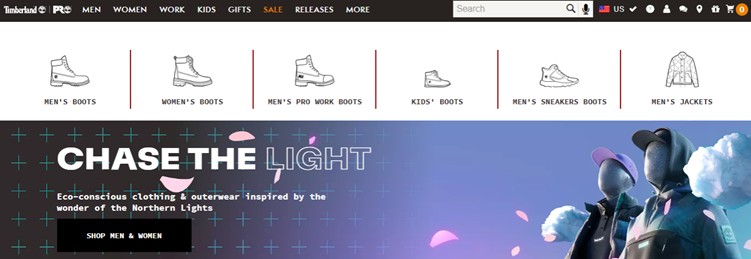
Note: CCBill supports omnichannel merchants and provides technical solutions for accepting payments online, in-store, on mobile devices or in an app.
Multichannel marketing refers to a customer journey across mutually related but independent channels. Let’s say that a merchant wants to use a voucher as an incentive to boost sales of a particular product. They could distribute this code via email newsletters, social network posts, or as a post-registration perk for customers.
That way, different channels will be used to get to the same product or service. In this case, we have one incentive, distributed through multiple channels, all leading to the same product.
Under Armour uses multiple channels for advertising, promoting their product, and increasing brand awareness. They have a specific marketing channel - using celebrities to promote their products and publishing related posts on social media.
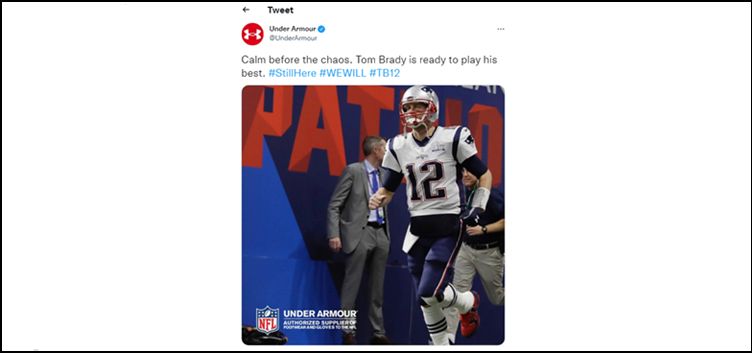
Most brands are now in betweeners in terms of omnichannel and multichannel marketing. They start from a multichannel approach and weave together their channels to offer an integrated customer experience that relies on tracking customer behavior to prepare tailor-made suggestions.
Note: Learn everything you need to know about the latest trends in omnichannel retail.
Omnichannel Vs. Multichannel in Support
Omnichannel support refers to mutually connected communication channels and customer touchpoints that ensure unified customer support.
Customer support agents working in such a system possess a history of customers’ interactions with the brand in question. They access present data and previously stored situations from a single dashboard, providing smooth and fast assistance.
Thus, customers enjoy a seamless, effective customer experience across several channels. They present their issue to the customer support team once and don’t have to repeat it to different agents or via different channels (e.g., first via live chat or email and then again over the phone).
Disney+ is an example of well-implemented omnichannel customer support. They provide customers with mutually linked support channels, such as live chatbots, call agents, FAQs, and Help Center search, available on the same page and closely related.
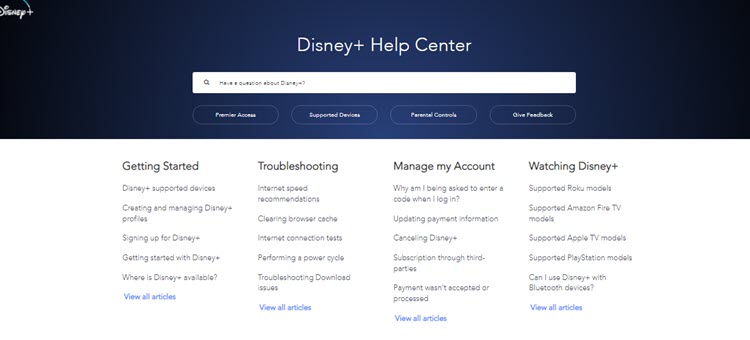
Multichannel support means offering several separate customer service channels that aren’t mutually linked on the company’s side.
Virgin Media offers customer-friendly and informative multichannel support. Each support channel represents a separate Virgin Media Service, such as TV or Broadband, providing a fast track for customers to effectively solve their issues.

Omnichannel Vs. Multichannel in Retail

Omnichannel retail refers to a unified and synchronized approach to customers in a brick-and-mortar store and its online counterpart.
This approach uses data obtained via various channels, resulting in an integrated customer experience with the retail brand in question. It means that there can be other touchpoints, in addition to the brick-and-mortar and online store. These include social media, email marketing, and shopping ads.
Starbucks is a typical example of omnichannel retail. What once was a well-known coffee shop has become a cutting-edge omnichannel brand offering a popular Rewards Program.
Customers can pay for their coffees with prepaid Starbucks gift cards and keep earning points with which they win free drinks and meals. When they reach a specified threshold, they earn a Gold Rewards Card, which opens new offers and discounts. They can reload their gift cards on the Starbucks website or via the Starbucks App. The more customers spend, the more rewards for beverages and foods they receive.
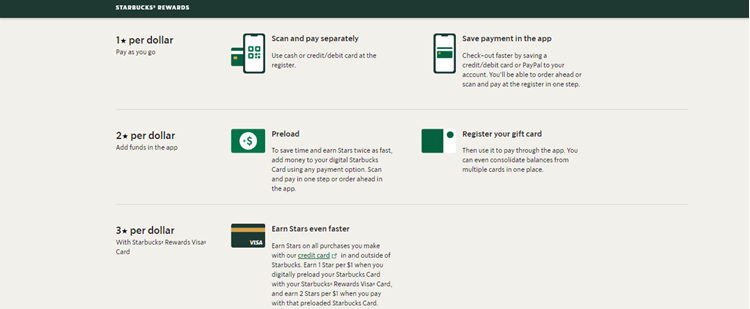
Note: A cutting-edge way of implementing an omnichannel approach to retail are progressive web apps. With PWAs customers transition from their browser to your app without interruption. Learn more about progressive web apps and provide your customers with a seamless shopping experience.
Applying multichannel in retail means offering customers several different channels to interact with certain products or services. Even though every channel is self-contained, it is still a customer-friendly approach because buyers have several options at their disposal.
Apple is a good example of multichannel retail. This company offers its products across three different channels - on its business website, via third-party online stores (Amazon, eBay), and in brick-and-mortar Apple Stores. Customers can use each of these channels independently to learn more about the products in question. For instance, they can learn more about an iPhone on the Apple website, and then go to the local physical Apple store to buy it.
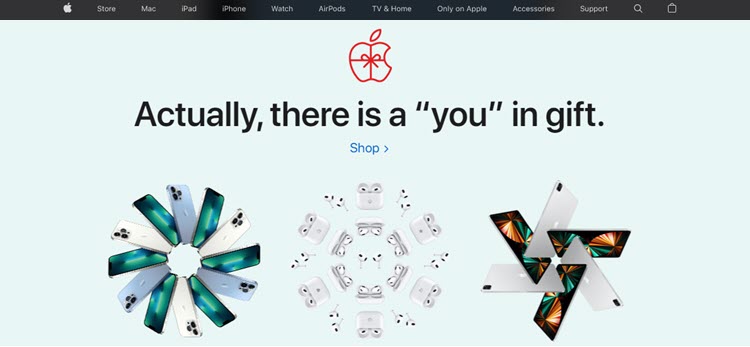
Conclusion
In the case of ecommerce, the final verdict in the debate Omnichannel Vs. Multichannel depends on the merchant’s needs and status.
New businesses that are still trying to position themselves on the market can start with a multichannel approach and see how it works for them. In some cases, multichannel still offers faster solutions for customers (e.g., in customer support, for refunds and customer complaints) and helps merchants avoid additional issues. Spreading brand awareness through multiple independent channels also makes it easier for merchants to quickly raise the level of customer engagement.
However, omnichannel is the future in marketing, customer support, and retail. As your business gains popularity and starts offering more services or products, switching to an omnichannel approach will ensure a better customer experience. With omnichannel, the customers become the focal point of the business and they respond to this by becoming recurring customers. Thus overall customer churn is reduced and higher recurring revenue is generated.
The definitions and examples presented in this guide will help you choose between the omnichannel and multichannel approach and prepare the best solution for your customers.
